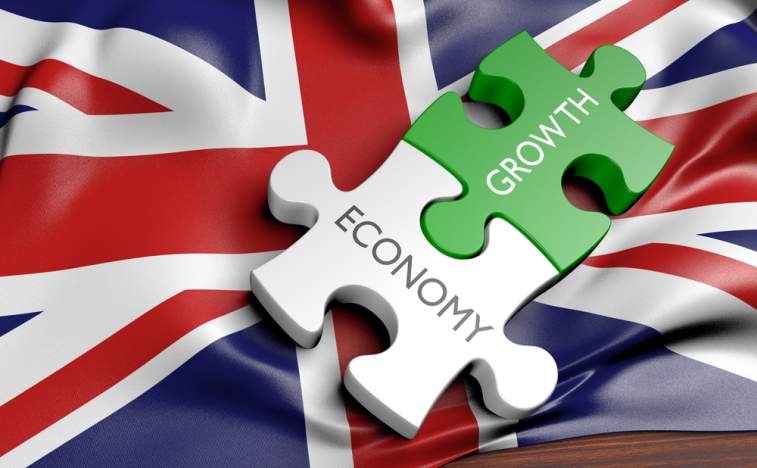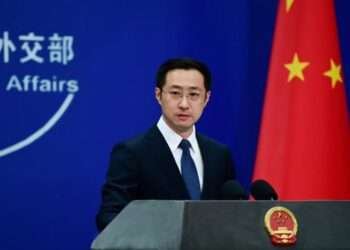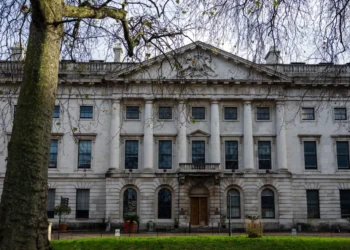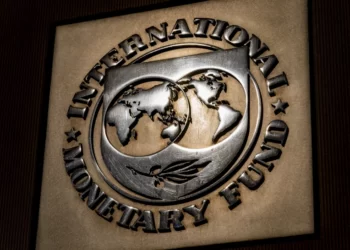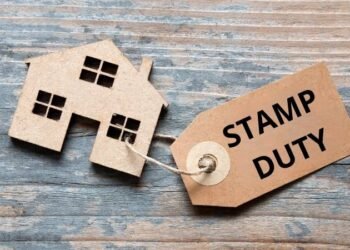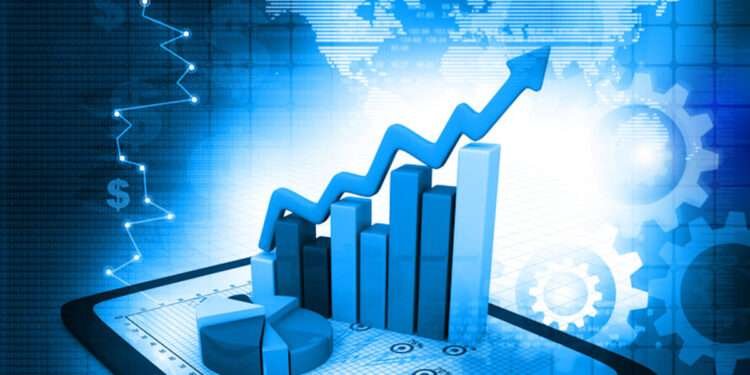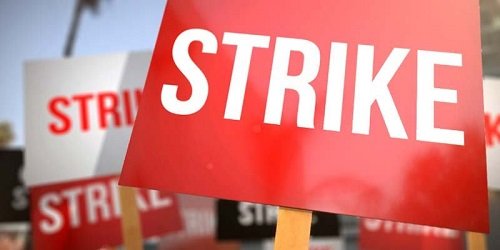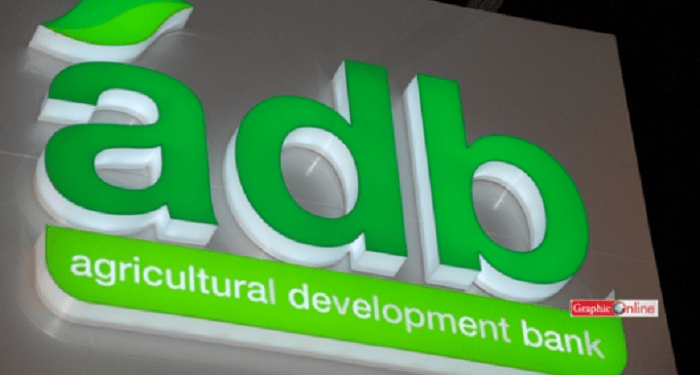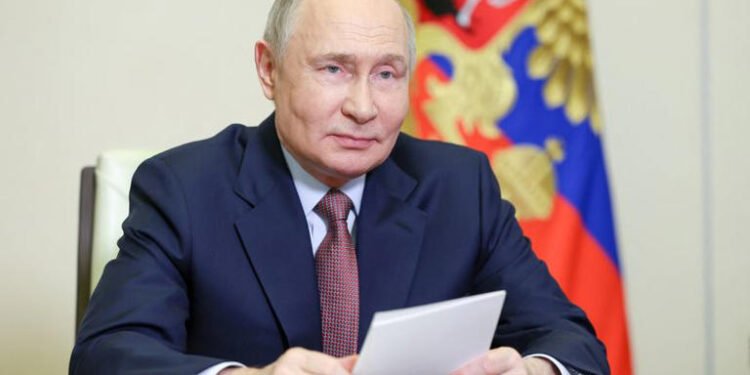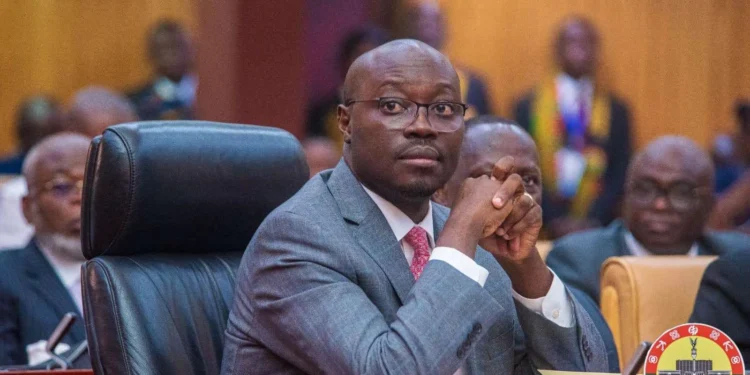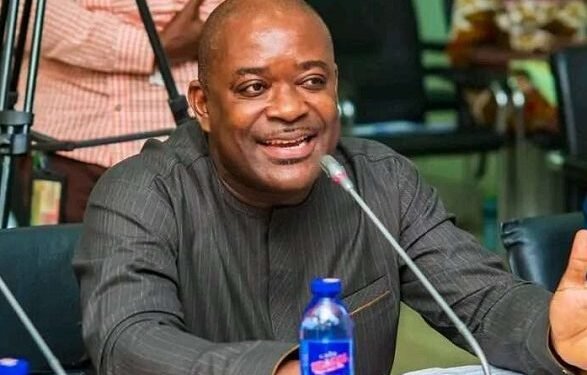The UK economy expanded at a quicker pace than anticipated during the second quarter, according to fresh data from the Office for National Statistics (ONS), despite slowing from the robust start to the year under the strain of tax rises and President Donald Trump’s escalating global trade war.
Official figures showed gross domestic product (GDP) growth eased to 0.3% in the three months to the end of June, down from 0.7% in the first quarter. This outpaced forecasts by City economists and the Bank of England, who had predicted a sharper slowdown to 0.1%.
Chancellor Rachel Reeves now faces the challenge of steering growth and raising revenue ahead of her autumn budget. The ONS said the economy’s weakness in April and May followed activity being brought forward into February and March, ahead of stamp duty and tariff changes, but June brought a strong rebound.
“Growth slowed in the second quarter after a strong start to the year. The economy was weak across April and May, with some activity having been brought forward to February and March ahead of stamp duty and tariff changes, but then recovered strongly in June.”
Liz McKeown, ONS director of economic statistics
The data showed GDP grew by 0.4% in June alone — faster than expected — after two straight months of contraction. The ONS also revised April’s contraction from -0.3% to -0.1%. Reeves welcomed the news, saying Britain had enjoyed a solid start to the year and maintained momentum.
“There is more to do to deliver an economy that works for working people. I know that the British economy has the key ingredients for success, but has felt stuck for too long.”
Chancellor Rachel Reeves

Growth in the quarter was driven by a 0.4% expansion in the services sector, supported by gains in computer programming, health, and vehicle leasing. Construction output rose 1.2% thanks to major infrastructure projects, while manufacturing increased by 0.3% — slowing from the 1.1% rise in the first quarter when firms rushed production ahead of Trump’s tariffs.
Strongest G7 Growth In First Half
Despite the moderation, the UK remains, pending Japan’s figures, the fastest-growing G7 economy in the first half of the year. Yet headwinds persist from Trump’s trade war and a fragile domestic backdrop. ING economist James Smith warned: “We expect growth to slow in the second half.”
Reeves’ autumn budget preparations come amid speculation over possible tax hikes. The government faces a projected deficit exceeding £40bn, weighed down by a weaker growth outlook, higher debt servicing costs, and reversals on welfare cuts. The chancellor has pledged to focus on improving Britain’s long-standing productivity problem.
Business leaders expressed concern that higher taxes, including a £25bn rise in employer national insurance contributions, were already burdening firms.
“Without thriving firms, the economy will continue to struggle. Tax burdens at home, alongside uncertain global trading conditions, created a very challenging environment for the UK’s small- and medium-sized enterprises in the second quarter.”
Stuart Morrison, British Chambers of Commerce
Business investment fell 4% in the quarter, though it was marginally higher — up 0.1% — than the same period last year.
Shadow chancellor Mel Stride cautioned that the numbers mask underlying weakness: “Any economic growth is welcome, but with business leaders saying that all indicators are flashing red, and key economists warning that Rachel Reeves has created a £50bn black hole in the public finances, Rachel Reeves’s economic vandalism is clear.”
The Bank of England may now face a tougher decision on when to cut interest rates further. The pound edged up slightly against the US dollar following the release of the figures.
READ ALSO:Helicopter Crash: Dep. Chief of Staff Urges Professional Coverage of Victims’ Funeral

